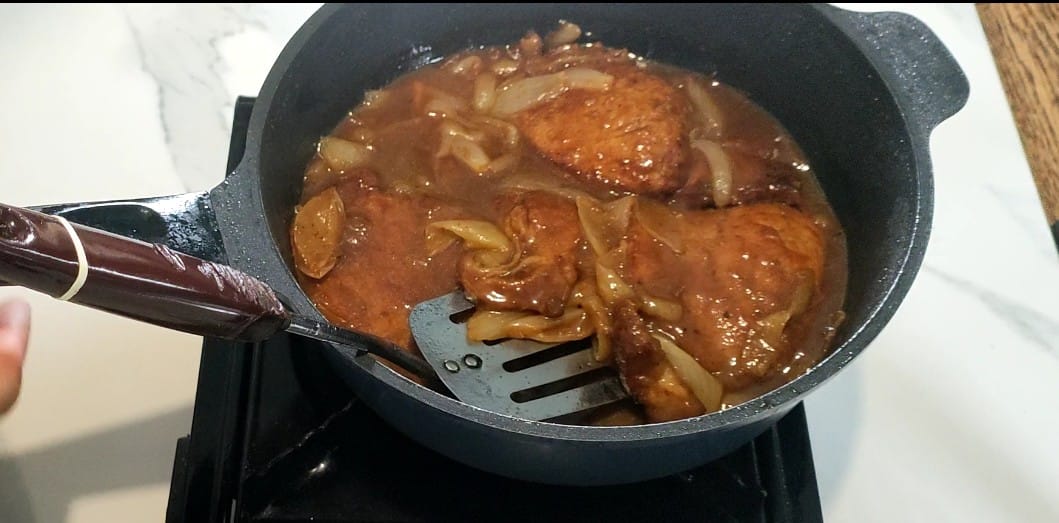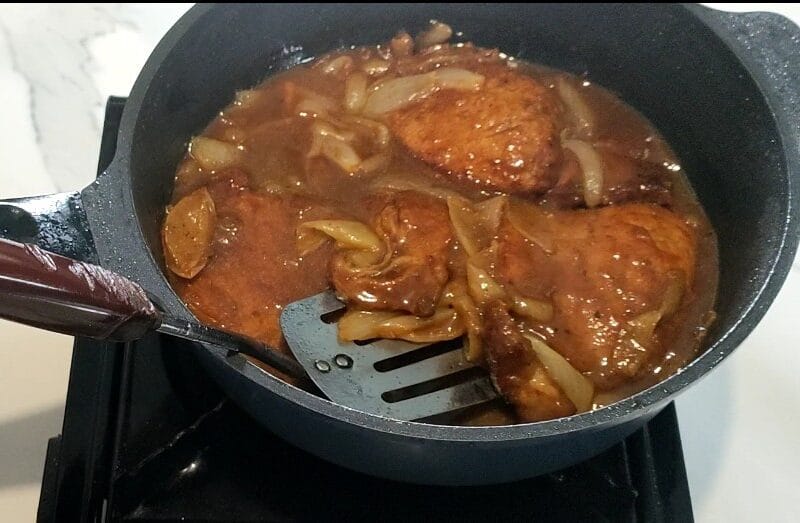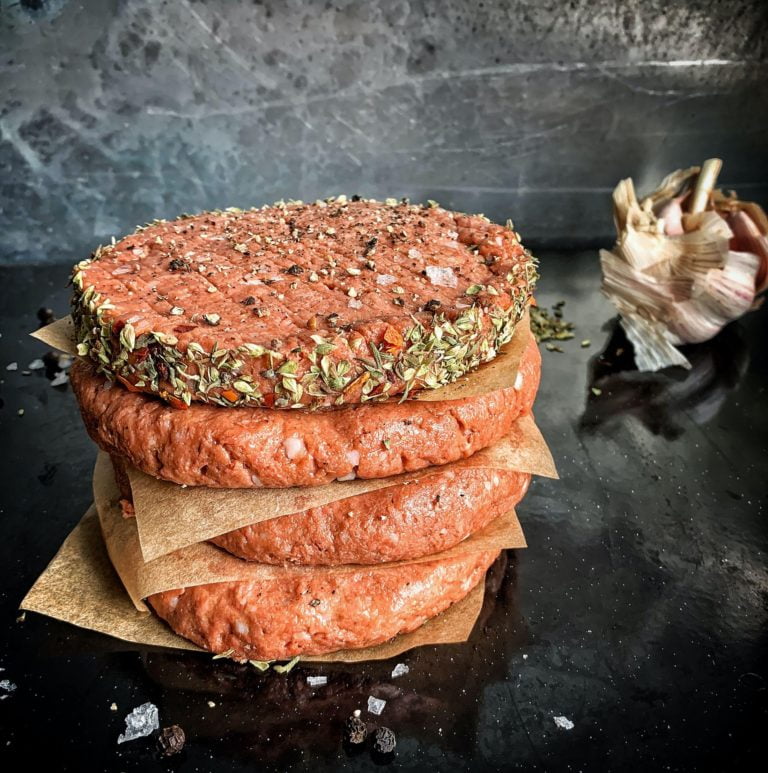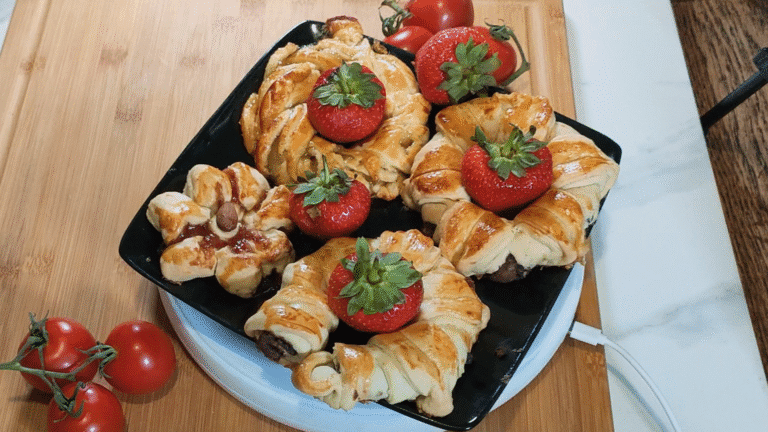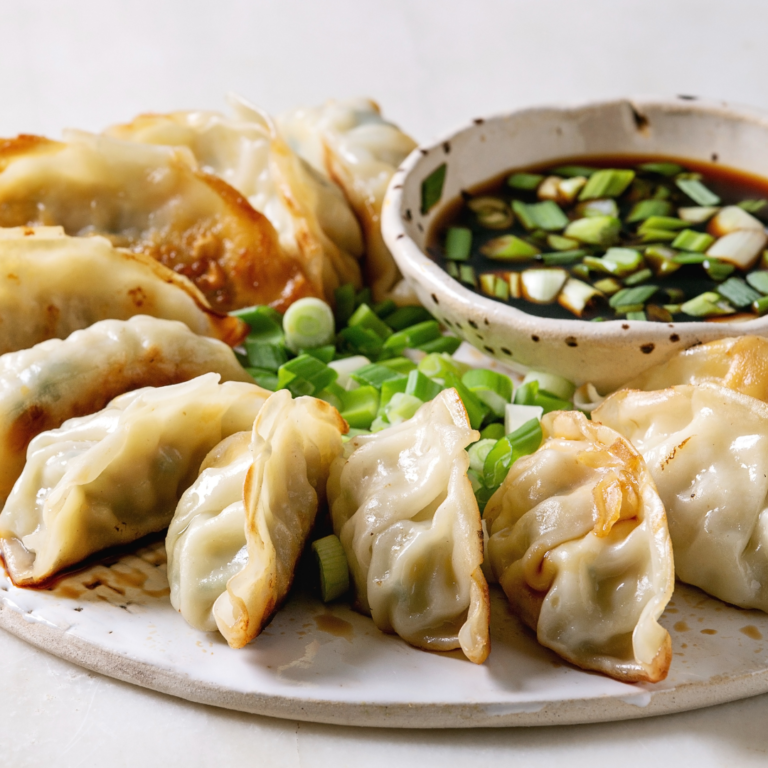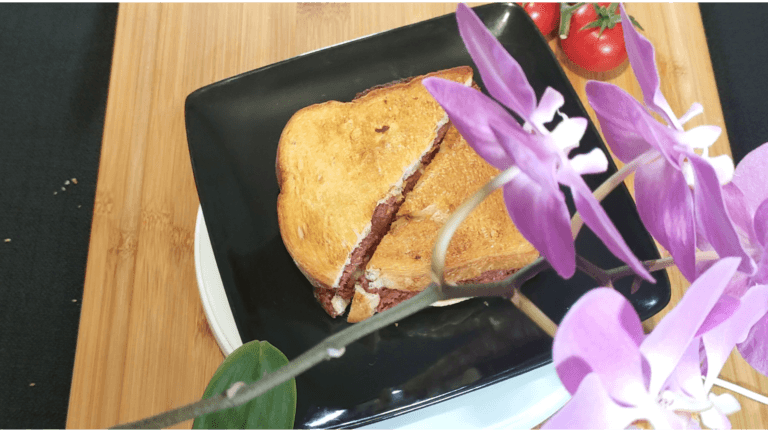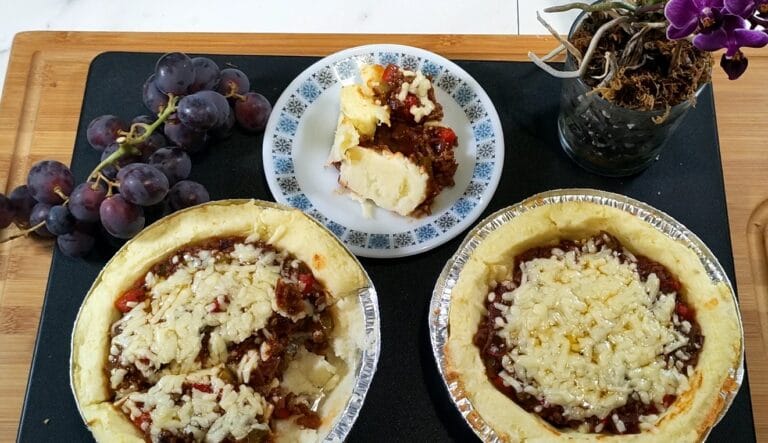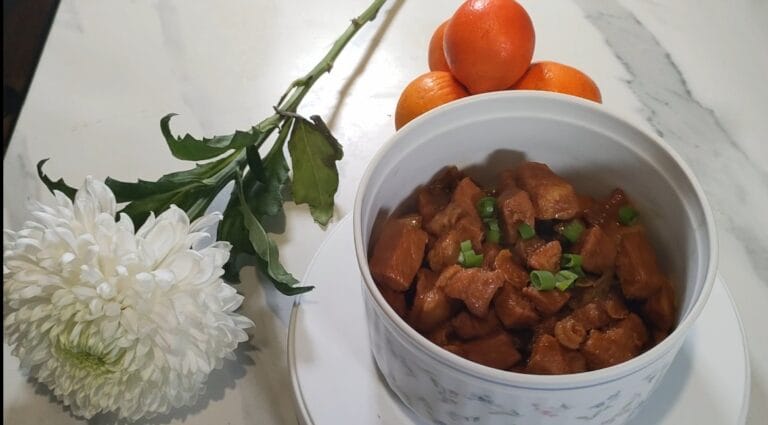How to Make Chinese Style Soft Pork Loin Steaks with Onion
The Secret to Tender Chinese Pork: It’s Not Just the Sauce
Pork loin often gets a bad rap—too dry, too bland, too stubborn. But the truth? It’s a sleeping giant. When handled with care and a bit of Chinese culinary alchemy, it transforms into something impossibly soft, savory, and luxurious.
Chinese Style Soft Pork Loin Steaks with Onion
Difficulty: EasySoft pork loin steaks
Ingredients
3 pork loin steaks
2 onions
3 tbsp oyster sauce
2 tbsp dark soy
2 tbsp light soy
1 tsp 13 spice
1 tsp chicken seasoning
2 tbsp starch
2 tbsp baking powder (optional)
- Second Sauce
2 tbsp oyster sauce
1 tbsp dark soy
1 tbsp light soy
2 tsp sugar
1 tsp chicken seasoning
Directions
- tenderize pork steaks
- in a bowl add, oyster, soy, chicken season, 13 spice, starch and (baking powder) is optional
- massage the meat into the sauce, and let sit in the fridge for 15 – 20 minutes, chop the onions
- Cooking
- add some oil to a shallow pan, med-high heat
- add the pork steaks, cook for 5 minutes, turning occasionally, remove from the pan
- add the onion to the pan, with tsp 13 spice, cook onion for 2-3 minutes
- place pork ontop of the onion and add the second sauce with 2-3 tbsp of water
- place the lid on the pan cook for 15 – 20 minutes
- when ready you should be able to easily cut the meat with scissors
- a good option is to serve with noodles and bread, enjoy!
Recipe Video
Notes
- Dont be afraid to experiment!
The first key lies in the marinade. This isn’t just flavoring—it’s chemistry. Soy sauce, optional (Shaoxing wine, ginger,) and a touch of cornstarch penetrate deep, unraveling the meat’s tight fibers, coaxing them into submission.
Then comes velveting. A lesser-known but wildly effective technique, velveting coats the pork in a mixture of egg white, cornstarch, and oil before briefly blanching it. The result is a silken mouthfeel that rivals anything from a high-end Cantonese banquet. Forget toughness—this is about creating a cloud of meat.
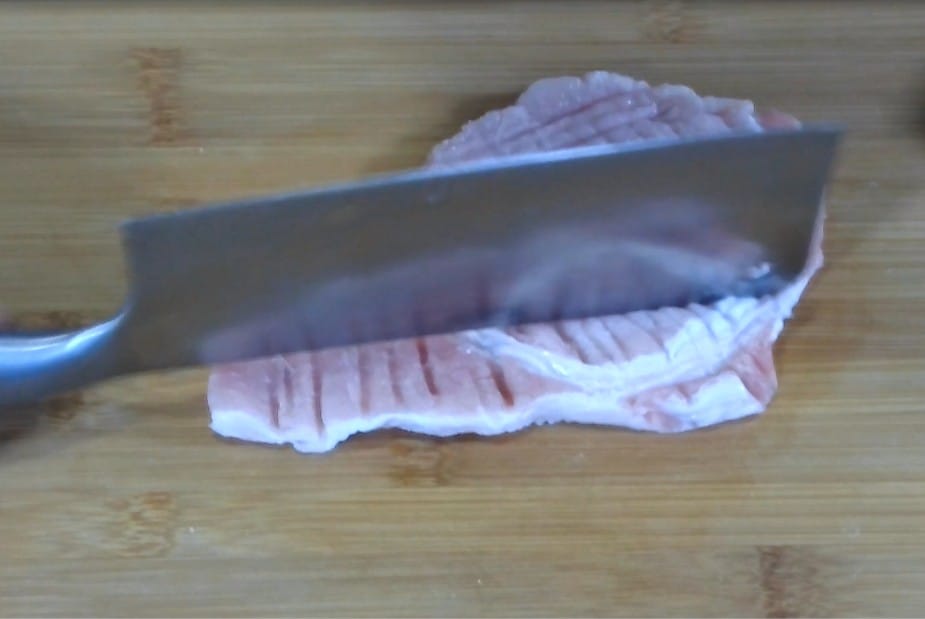
Gathering the Essence: Ingredients That Make the Dish Sing
Not all pork loin is created equal. Seek cuts with subtle marbling—thin, white veins of fat that promise succulence. Thickness matters too; aim for steaks around half an inch thick to allow for that perfect balance of sear and tenderness.
Now to the holy trinity of Chinese flavor: light soy sauce for sharp saltiness, dark soy for body and color, and Shaoxing wine for that deep, fermented whisper of warmth. Add a pinch of sugar to round the sharpness, freshly grated ginger to wake it all up, and garlic to anchor everything down with earthy depth.
And the onion. This isn’t a passive ingredient. When sliced into petals and stir-fried just to translucence, it lends sweetness, body, and a caramel-kissed complexity. It’s the aromatic thread that binds the pork’s umami depth and the sauce’s richness.
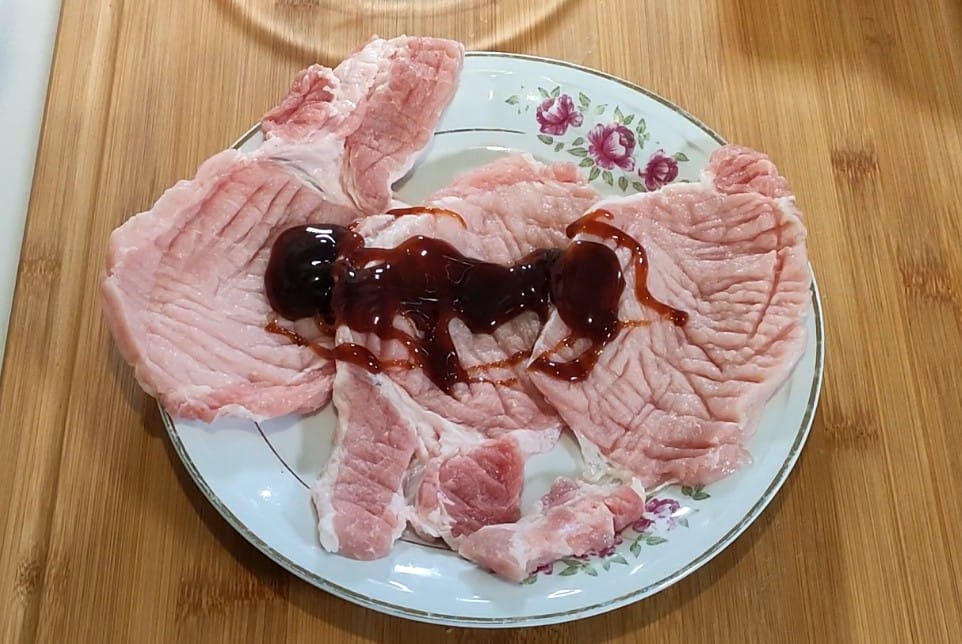
From Raw to Radiant: The Cooking Technique That Elevates Texture
Here’s where the magic happens.
Start with high heat—a wok or cast-iron skillet that’s nearly smoking. You want to sear each pork steak until it forms a caramelized crust, locking in juices and flavor. This is the dance of wok hei, the “breath of the wok,” a near-mystical flavor born of scorching heat, oil, and motion.
Then reduce the heat. Deglaze the pan with a bit of water or extra Shaoxing wine, toss in the marinated onions, and reintroduce the pork. Let it simmer gently, just enough for the juices to marry and the onions to turn golden and pliant. This slow finish is what softens the pork to that elusive, spoon-tender stage. Every bite should be effortless.
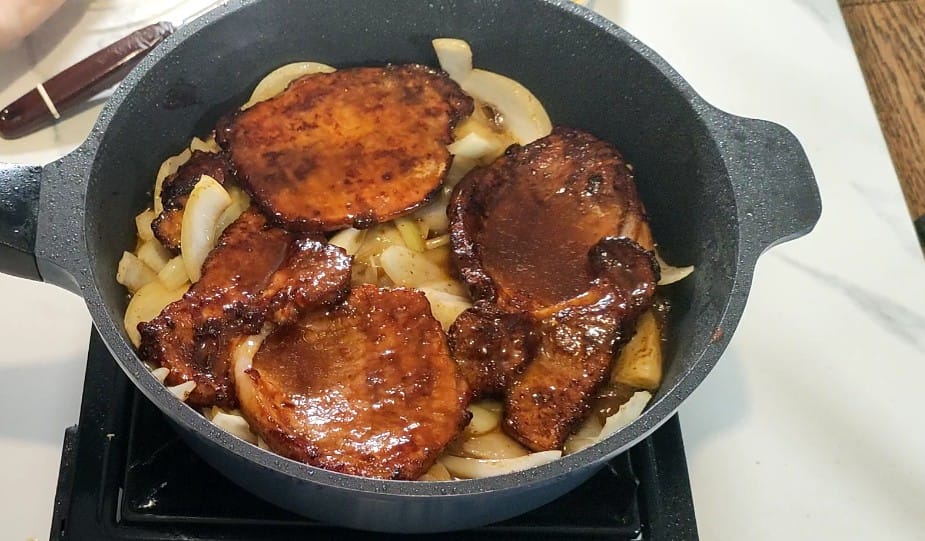
Serving the Soul of the Dish
Presentation isn’t just about looks—it sets the mood. Arrange the pork slices over a bed of steaming jasmine rice. Spoon the onions around like edible brushstrokes. Drizzle that dark, glossy pan sauce over everything like you’re painting lacquer on wood.
Want to elevate the meal further? A side of garlicky Chinese broccoli or a quick cucumber salad offers crunch and freshness to balance the richness. A sprinkle of scallions or toasted sesame seeds adds visual lift and a final burst of aroma.
This is more than dinner. It’s a warm echo from a Cantonese kitchen, a fusion of technique and tenderness that honors the art of transformation—from humble loin to soft, savory revelation.

